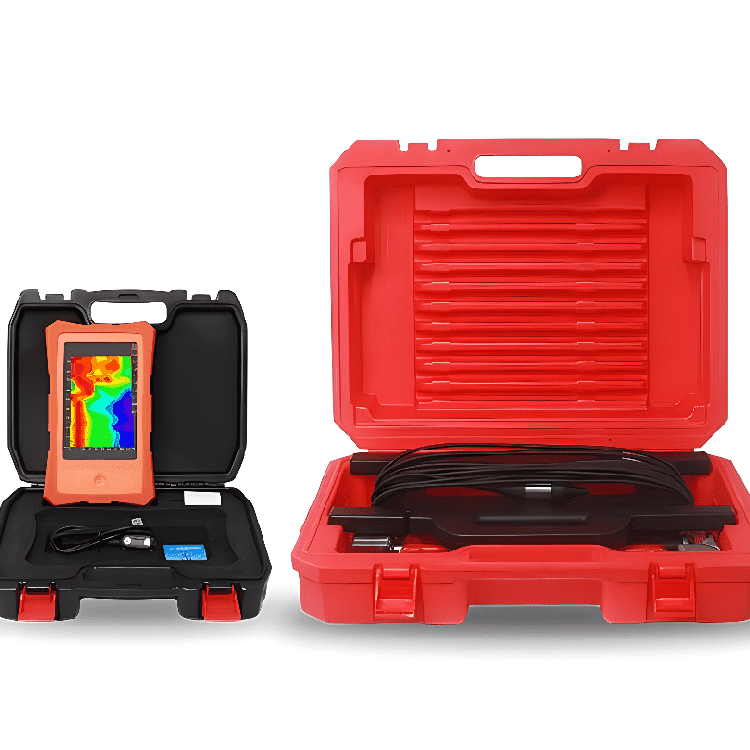Methods for finding groundwater before drilling
Methods for finding groundwater before drilling

Study geological landforms: Generally, groundwater is more likely to gather in low-lying areas, especially in low-lying areas between two mountains and at the bottom of valleys. In limestone areas, rock fissures are well developed, and there may be abundant karst water; in sandstone and conglomerate distribution areas, due to their good permeability, there may also be more groundwater storage.
Observe natural phenomena: Observe ground vegetation. Places with lush and rich vegetation often have sufficient groundwater sources. For example, areas where water-loving plants such as willows and water celery grow in large numbers may have shallow groundwater. In addition, if there are wet patches on the ground or more dew gathers in the early morning, it may also indicate that there is water underground.
Reference to local experience: Learn about the situation from local residents, who have lived here for a long time and are most familiar with the distribution of local water sources. Ask about the location, depth and water output of previous wells. Refer to their experience to avoid detours.
Use the underground water detector: Use professional equipment such as geological radar and electrical prospecting instruments to analyze and determine the location and depth of groundwater by detecting electrical differences and electromagnetic wave reflections of underground media. These methods can locate groundwater more accurately, providing strong guarantees for successful drilling.
